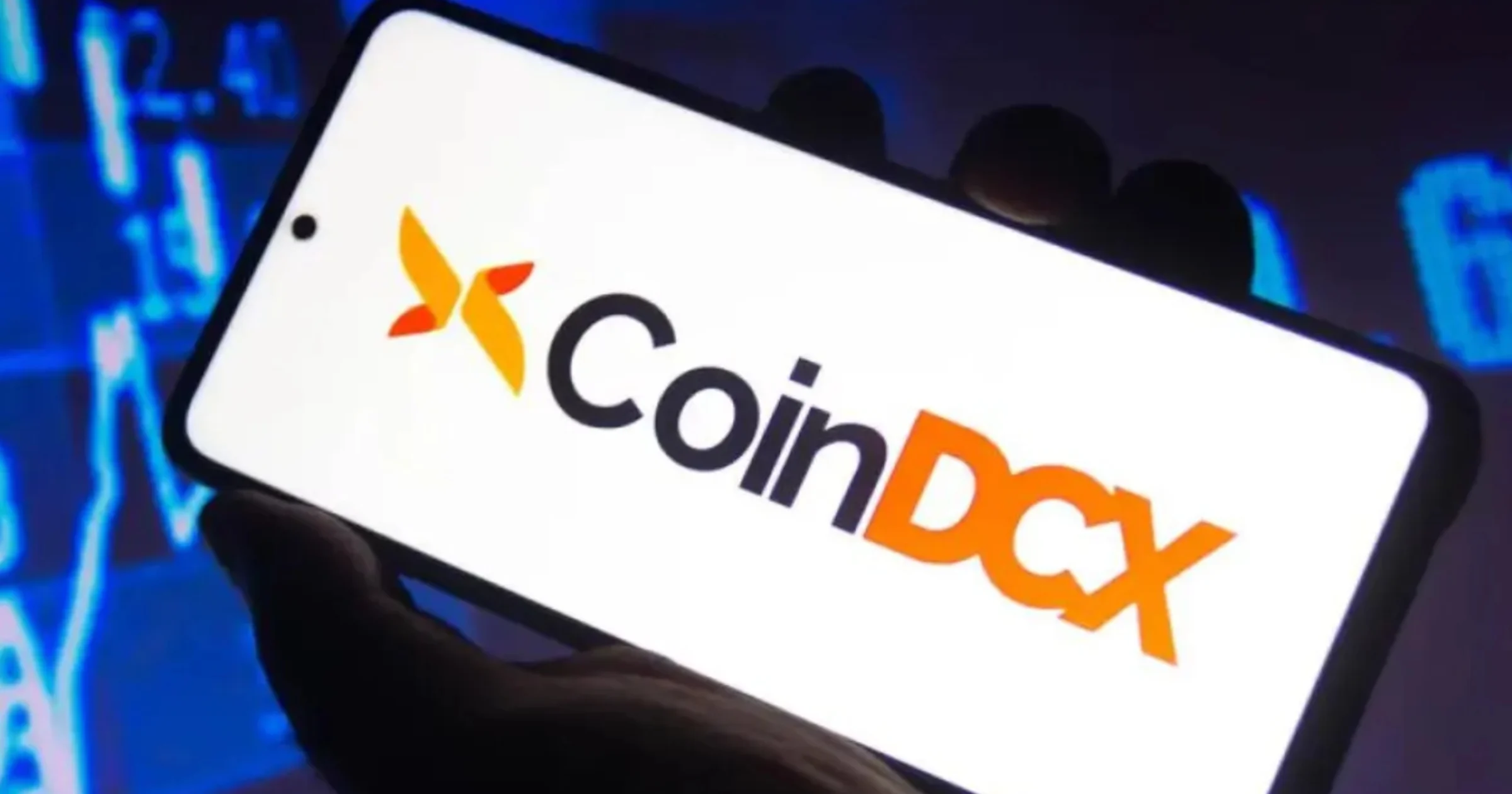The Indian crypto community was recently shaken when CoinDCX — one of the country’s largest cryptocurrency exchanges — confirmed a security breach that led to the theft of user funds. While the incident was contained and damage control measures were swift, the episode is a stark reminder: crypto security is only as strong as its weakest link.
In the aftermath, Indian regulators are tightening rules for crypto exchanges, and users are rethinking how they store and secure their digital assets. The CoinDCX case isn’t just a headline — it’s a blueprint for the future of crypto safety in India.
Let’s break down what happened, what’s changing, and — most importantly — what you must do right now to protect your crypto.
Understanding the CoinDCX Breach
🔸 How the Hack Happened
While CoinDCX has not disclosed every technical detail (for obvious security reasons), preliminary reports suggest that the breach targeted hot wallet infrastructure — the online wallets that store crypto for active trading. Hot wallets are convenient but inherently riskier than cold wallets because they are internet-connected and more exposed to phishing, malware, and API exploits.
Hackers allegedly exploited vulnerabilities in API key permissions and possibly leveraged compromised employee credentials. This is a familiar pattern seen in other high-profile hacks like Mt. Gox (2014) and KuCoin (2020).
🔸 The Scale of the Loss
Though CoinDCX managed to freeze part of the stolen funds by working with other exchanges, some assets were irretrievably lost. Industry insiders estimate losses in the low millions (USD) — enough to impact confidence but not bankrupt the platform.
🔸 Immediate Response
CoinDCX temporarily suspended withdrawals for certain tokens, conducted a full forensic audit, and introduced additional withdrawal verification layers. Affected users were promised compensation, though the process is ongoing.
The Bigger Lesson: The Crypto Security Pyramid
Crypto security isn’t a one-layer solution — it’s a multi-tiered defense system. The CoinDCX hack underlines three critical principles:
🔸Cold Wallet Storage is King
Most of an exchange’s funds should be kept in offline cold wallets — disconnected from the internet, immune to online attacks. Many global exchanges follow a 90/10 rule: 90% of assets in cold storage, 10% in hot wallets for liquidity.
🔸Human Error is Still the #1 Threat
Even the most advanced systems can be compromised by phishing emails, leaked credentials, or social engineering. The “human firewall” is often the weakest link.
🔸 Transparency Builds Trust
CoinDCX’s openness about the breach — while not perfect — helped avoid a total PR disaster. In crypto, hiding bad news destroys trust faster than the hack itself.
New Rules for Indian Crypto Exchanges Post-Hack
Indian regulators, already cautious about crypto, are now using this incident as fuel for stricter compliance. Here’s what’s changing:
🔸 Mandatory Proof of Reserves (PoR) Audits
Exchanges will have to publish cryptographic proof that they actually hold the assets they claim to. This prevents “fractional reserves” and builds public trust.
🔸 Real-Time Transaction Monitoring
The Financial Intelligence Unit (FIU) is pushing for exchanges to implement AI-based monitoring to detect unusual withdrawal patterns, wallet clustering, or mixing service activity.
🔸 Enhanced KYC & Withdrawal Whitelisting
Users may soon have to whitelist withdrawal addresses in advance, reducing the risk of stolen accounts being drained to hacker wallets.
🔸 Insurance Mandates for User Funds
Some policymakers are considering rules requiring exchanges to insure a percentage of user deposits against hacks.
🔸 Stricter Employee Access Control
Internal wallet access will be segmented so no single employee can authorize large transactions without multi-signature approval.
What You, the User, Must Do Now
Even if exchanges become Fort Knox, your personal crypto hygiene matters. Here’s how to protect yourself post-CoinDCX fallout:
🔸Self-Custody Your Assets
If you’re not actively trading, move your holdings to a hardware wallet like Ledger or Trezor. “Not your keys, not your coins” isn’t just a meme — it’s survival.
🔸Enable All Security Layers
Two-factor authentication (preferably via Google Authenticator or Authy, not SMS), withdrawal whitelists, and anti-phishing codes should be mandatory on your account.
🔸Avoid Reusing Passwords
Use a password manager like Bitwarden or 1Password. If a hacker gets your exchange password from another breached site, your funds are toast.
🔸Stay Updated on Exchange Policies
Follow your exchange’s Twitter, Telegram, or email updates. Many exchanges issue emergency notices only on these platforms.
🔸Learn to Spot Phishing
Never click random “withdrawal alert” links in your email. Always manually type your exchange’s URL or use a saved bookmark.
The Future: A Safer Indian Crypto Ecosystem?
The CoinDCX breach may have been a wake-up call India’s crypto industry needed. Stronger regulations, transparent audits, and user education could make the ecosystem more resilient.
But remember — security is shared. Exchanges can implement state-of-the-art protections, but if users leave their assets in hot wallets or click malicious links, no regulation can save them.
The new era of crypto in India will be defined by hybrid security — a partnership between regulated, proof-backed exchanges and well-informed, cautious users. If both sides play their part, hacks like CoinDCX will become rare news instead of recurring headlines.




